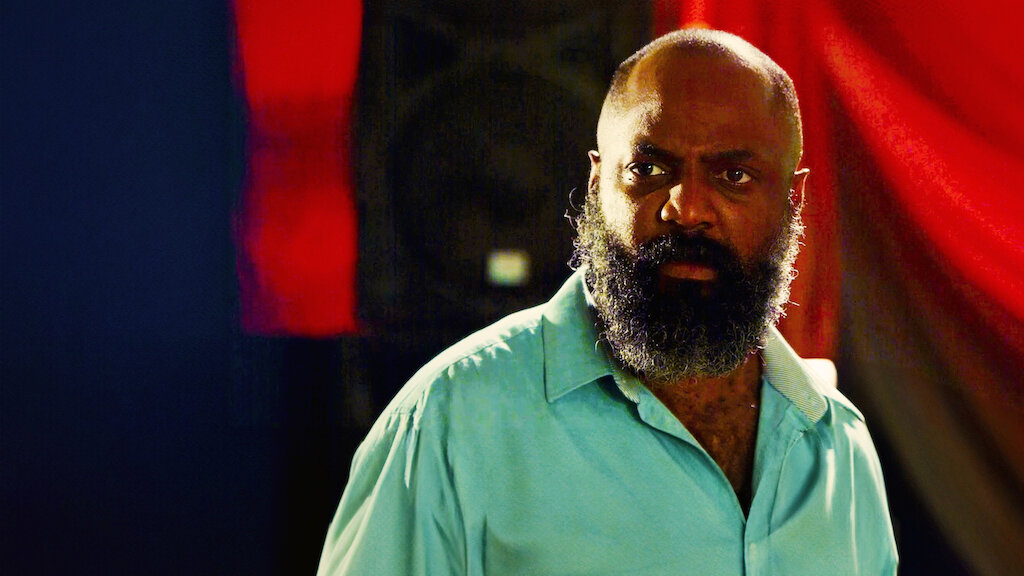In a world when women are sexualized and objectified, but also judged and excluded under the guise of religious righteousness, Adire seeks a middle ground. It dares to explore how women’s beauty can be a force for good, rather than a source of shame, even within the religion that traditionally excludes women from its leadership. That being said, Adire focuses on this to the detriment of all other ideas loosely stitched to the narrative, such as the cultural heritage in using the adire fabric for modern lingerie, sex and desire as an impetus for art, and the need for intimacy, not just sex, in relationships. Adire has the ideas, but not the execution, especially when it loses its way in the second half of the film.
Synopsis
A retired sex worker on the run, moves to a small town and starts a lingerie-making business (made from her signature adire material) which inevitably empowers the conservative women. Only to anger the self instilled leader, the deaconess and wife to the preacher of the town's local church. She soon discovers the most unusual friendships and love in the unlikeliest of places. Her paradise is cut short by Captain, her former pimp whose money she stole to start a new life.
Storyline
While on the run from her pimp, former prostitute Asari moves into a small conservative town, starts a new lingerie business, and changes her name to the textile that gave her a new living: Adire.
TLDR
I wish the film cared a little more about Adire (the character and the fabric), so that its ideas could shine.
What stands out
Adire has a lot of interesting concepts that, had it been done well, could have completely changed the way people talked about female sexuality in Nigeria. The idea of the “town witch” living in a haunted house becoming a refuge for women to lay down their woes and worries over their husbands is a lovely idea, and so is the idea of female sexuality as a tool for empowerment. However, these ideas would have worked if the film was more interested in Adire as a character, not just a concept. Kehinde Bankole tries to make the most of it, but most of the film prioritizes the reactions of everyone else around her, rather than Adire’s own desires, or even the artistry and craftsmanship she employs when using the textiles from her country. As it stands, Adire is a film with interesting ideas about sexuality, but it would have had a more powerful message if they focused on Asari as a character.




I loved it